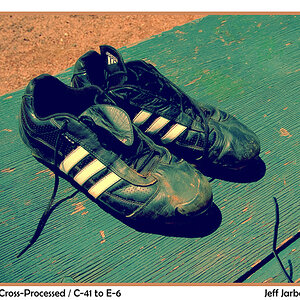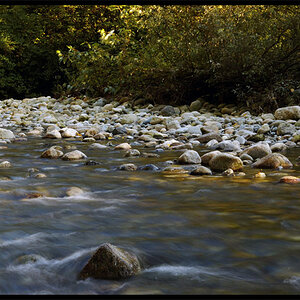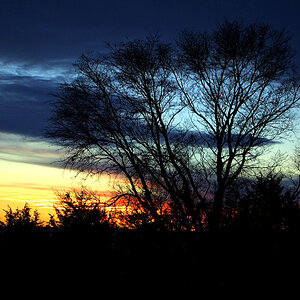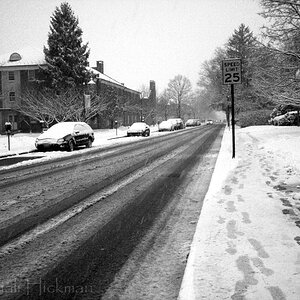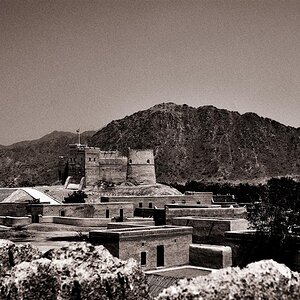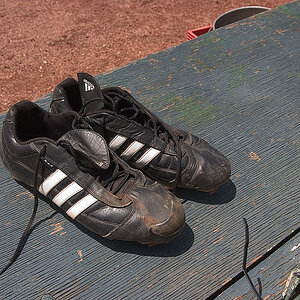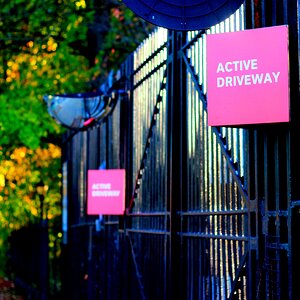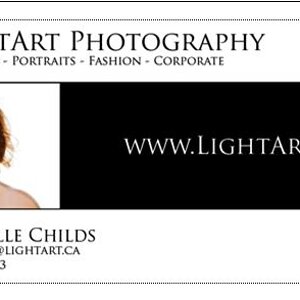Yes I've actually wondered into this mysterious darkroom section of the forum...kind of creepy in here, but I may have to get used to it...
I'm heading back to the darkroom in college next week and the only thing we've ever used in there is TMax film and Kodak Polymax paper...I think there are some places to get the paper still even though they quite making it, but what other papers would you suggest trying? And does it matter on the type of devoper that we use and will the timings be different?
We've got a new college teach this year and it stinks b/c he hasnt' been in a darkroom in 20yrs, so it's like we're teaching ourselves....so now you folks get to help me
Anyway we are still using Tmax film b/c that's the developer they still have for film and that's what we know...
Any other tips would be helpful to I'm also going to be using color darkroom as well which is entirely new territory and I hear a lot of things are broken in there so you all may be flooded w/questions for that as well...just warning you
I'm also going to be using color darkroom as well which is entirely new territory and I hear a lot of things are broken in there so you all may be flooded w/questions for that as well...just warning you 
I'm heading back to the darkroom in college next week and the only thing we've ever used in there is TMax film and Kodak Polymax paper...I think there are some places to get the paper still even though they quite making it, but what other papers would you suggest trying? And does it matter on the type of devoper that we use and will the timings be different?
We've got a new college teach this year and it stinks b/c he hasnt' been in a darkroom in 20yrs, so it's like we're teaching ourselves....so now you folks get to help me

Anyway we are still using Tmax film b/c that's the developer they still have for film and that's what we know...
Any other tips would be helpful to


